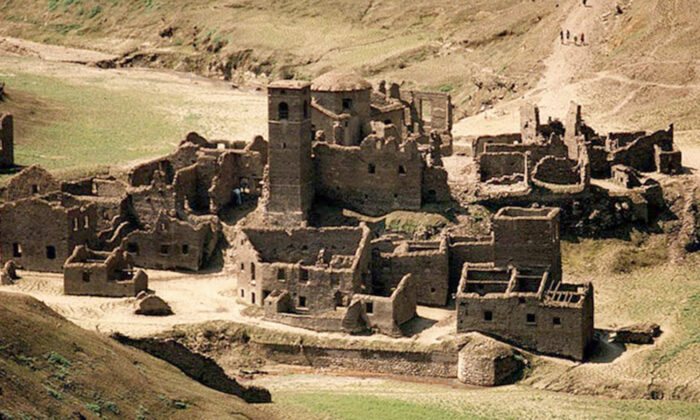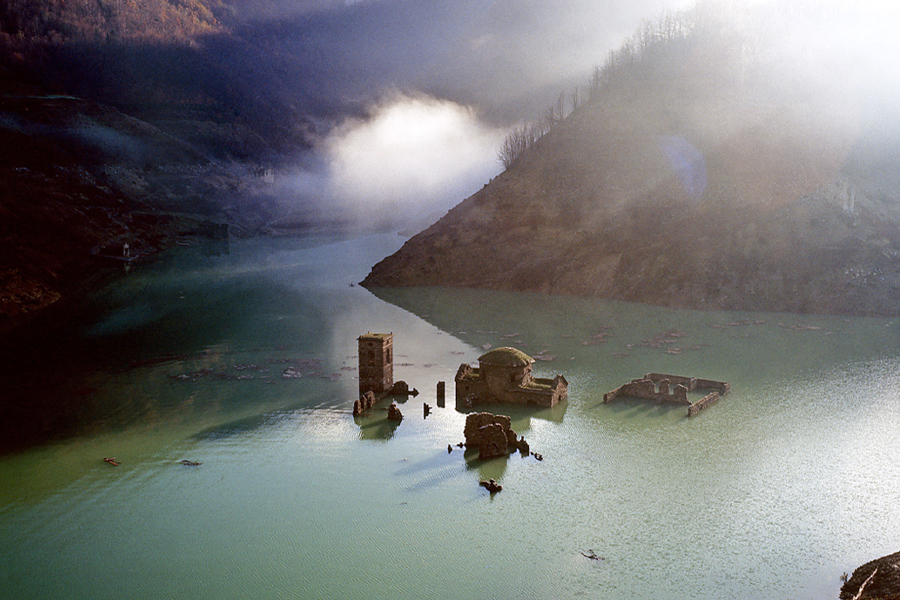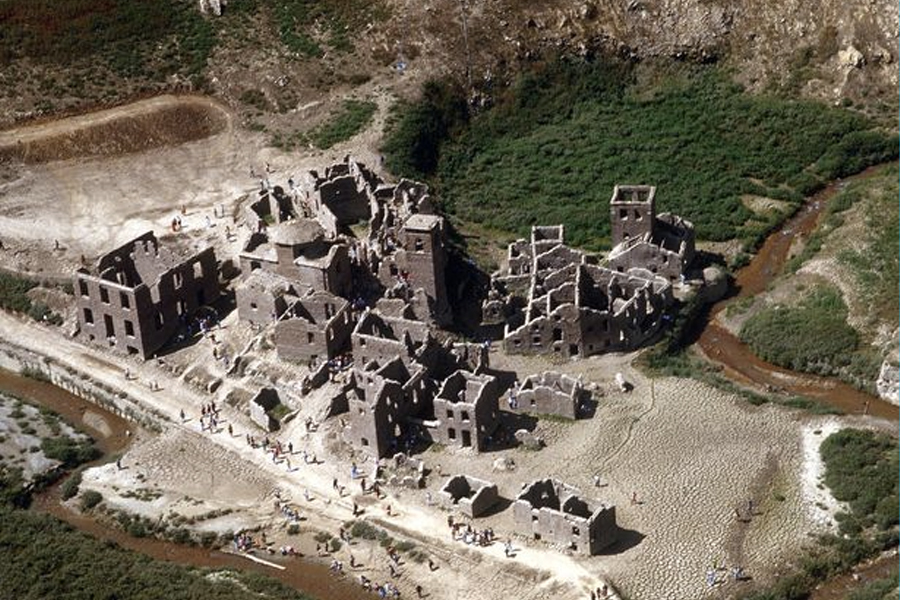Sunken 13th-Century Medieval Village Submerged in Italian Lake Will Reemerge in 2021
Although Atlantis ‘s search for the famed underwater town still has to bring fruit, the lake has been the birthplace of a truly medieval Italian village known as Fabbriche di Careggine has emerged from a lake after being submerged many decades ago.
You haven’t heard about Fabbriche di Careggine, but the Italian village is one of the most popular and exclusive tourist destinations in the world. No, not because of its price-tag or luxury adornments, simply because it’s one of the hardest to get into, literally.
At present, the medieval village resides on the bottom side of Lake Vagli, buried under 34 million cubic meters of water. However, the good news is that it will soon be open to visitors.

As you’ve probably guessed, Fabbriche di Careggine wasn’t always a sunken city. In fact, the 13th-century town was once a thriving hotbed for iron production, characterized by its high proportion of skilled blacksmiths.
However, in 1947, a hydroelectric dam was built close to the village, forcing the residents to move to the nearby town of Vagli di Sotto. Fabbriche di Careggine was then flooded to create the artificial lake.
Incredibly, being sunken underwater has allowed the village’s stone buildings, cemetery, bridge, and church to remain remarkably intact. Where the story gets interesting, however, is in the lake’s management.

Since it was constructed, the man-made lake has been drained four times for maintenance work, each time revealing the lost city of Fabbriche di Careggine.
As the fluid dissipates, the outline of the historic ‘Ghost Town’ is unveiled, like the lost city of Atlantis rising from the watery depths.
The last time the phenomenon occurred was back in 1994, but it appears a fresh draining is in order, according to Lorenza Giorgi, daughter of Domenico Giorgi, the ex-mayor of the Municipality of Vagli di Sott.
“I inform you that from certain sources I know that next year, in 2021, Lake Vagli will be emptied,” she wrote in a Facebook post.
“The last time it was emptied in 1994 when my father was mayor and thanks to his commitment and to the many initiatives that, with effort, had managed to put up in one summer the country of Vagli welcomed more than a million of people.”

Since Giorgi’s post, energy company ENEL, which owns the dam has confirmed it is considering draining the lake as a possible boost to the local tourism sector.
With Italy still recovering from the COVID-19 pandemic that devastated the country, tourism officials have been trying anything they can to get visitors back to the area. If you ask us, resurrecting a lost city from its watery grave might be just the way to do it.





